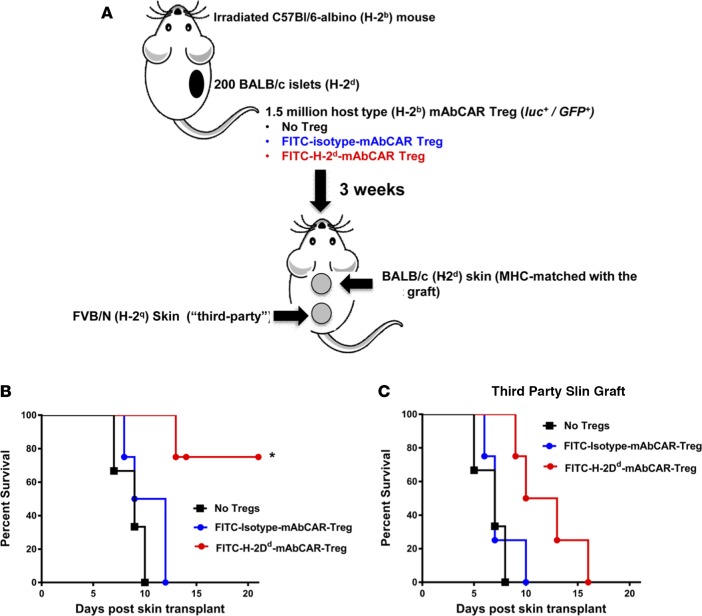Figure 7. FITC-H-2Dd-mAbCAR Tregs acquire antigen specificity after in vivo transfer.
(A) Experimental scheme. Mice that were previously transplanted with allogeneic pancreatic islet graft in the left kidney capsule received a secondary double skin graft MHC matched with the previously transplanted pancreatic graft (upper grafts) or “third party” (lower grafts). Data are representative of 2 consecutive experiments; at least 4 mice/group were used. Skins have been also transplanted in inverted position (“third-party” skins as upper grafts and MHC-matched skins as lower graft) in order to avoid technical bias. (B) Mice treated with FITC-H-2Dd-mAbCAR Tregs show alloantigen-specific protection of matched skin grafts. Survival of the skin graft that was MHC matched with the previously transplanted allogeneic islet graft in mice that received no Treg treatment (black squares), or FITC-isotype-mAbCAR Tregs (blue squares), or FITC-H-2Dd-mAbCAR Tregs (red squares). Log-rank survival test; *P < 0.05 is reported for differences between the group that received FITC-H-2Dd-mAbCAR Tregs versus the group that received no Treg treatment or FITC-isotype-mAbCAR Tregs. (C) FITC-H-2Dd-mAbCAR Tregs do not protect “third-party” skin grafts. Survival of the skin graft that was “third-party” with the previously transplanted allogeneic islet graft and the infused Tregs in mice that received no Treg treatment (black squares), or FITC-isotype-mAbCAR Tregs (blue squares), or FITC-H-2Dd-mAbCAR Tregs (red squares). Log-rank survival test; no statistical significance was detected between the three groups.

